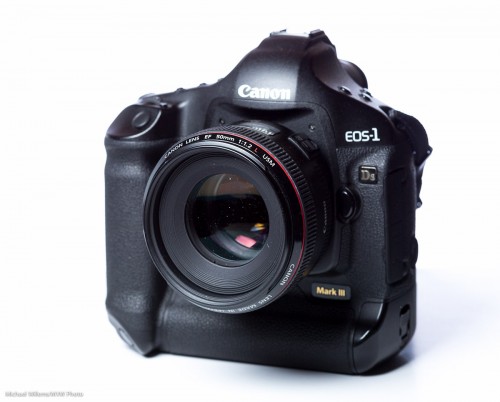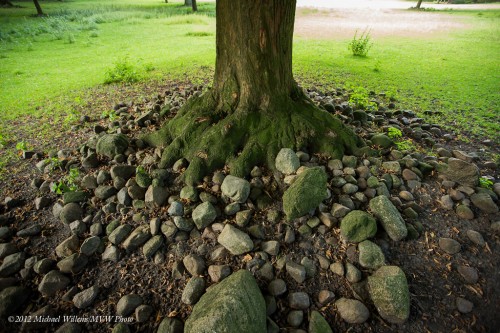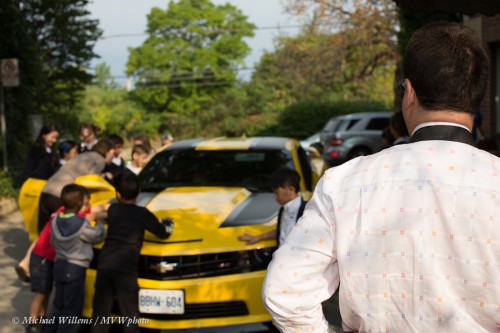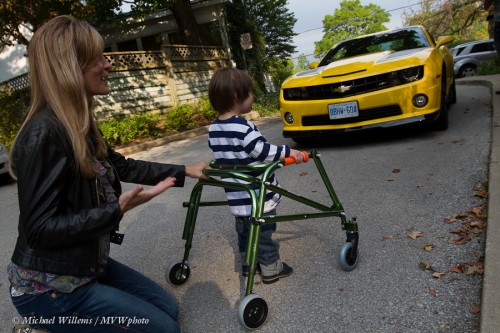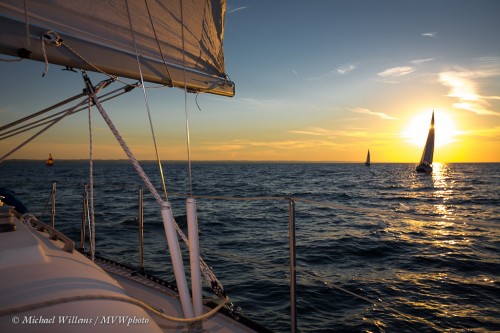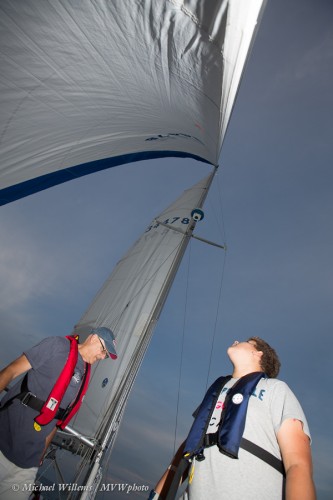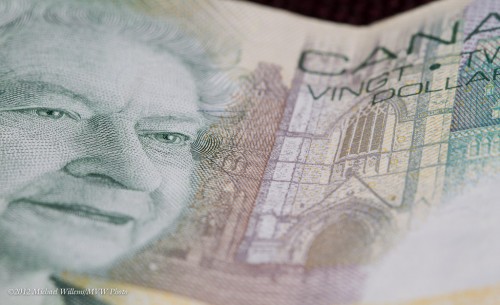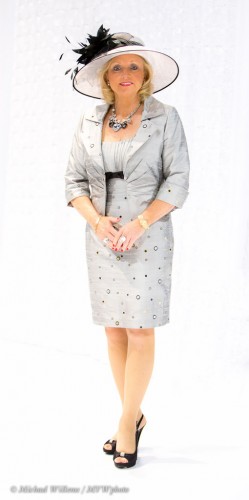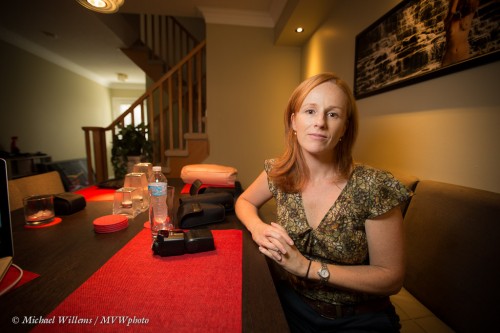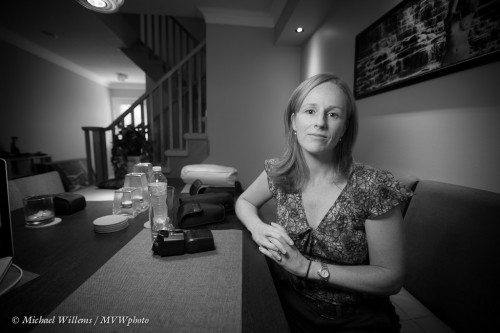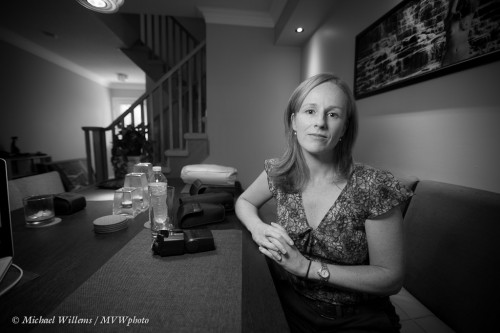Miscellany Monday, here on speedlighter.ca!
First: I am selling my Canon 1Ds Mk3. See the ad here: http://toronto.en.craigslist.ca/oak/pho/3277248183.html – if you are interested, contact me!
Second: The next few weeks, I am teaching my workshops at Vistek Mississauga – there are spots open, so take them right now! Book here now.
- Sep 22: DSLR Basics plus DSLR Advanced
- Sep 29: Exposure and Composition, plus Basic Lighting for portrait and table-top photography
- Oct 13: On-Location Mississauga Walk
Third: helping a student with his T3i Rebel the other day, I realized I need to point out something. Namely, metering, and in particular flash metering for shots where you use a flash as well as ambient light.
- On a Canon 1-series body, evaluative metering is biased heavily toward the focus point. So if I compose a shot with the subject on the side, and I use a single focus point on the right to achieve that, metering will be biased towards the subject.
- But on lower-end Canon cameras, evaluative metering is often biased toward the centre. So the camera in the shot above would try to light the centre, and would overexpose the subject.
If you see this phenomenon, you have several options.
- You can set metering to average (centre-weighted) – this may just help.
- Or you can put the subject in the middle and press the * button (flash lock), then recompose and shoot.
- Or you can use flash compensation.
The thing is not to necessarily attempt to memorize what each camera does. The important lesson here is to realise that metering can make or break a shot, and that you have several options to solve issues that arise from this. As long as you know the fundamentals, you can solve any issue.

